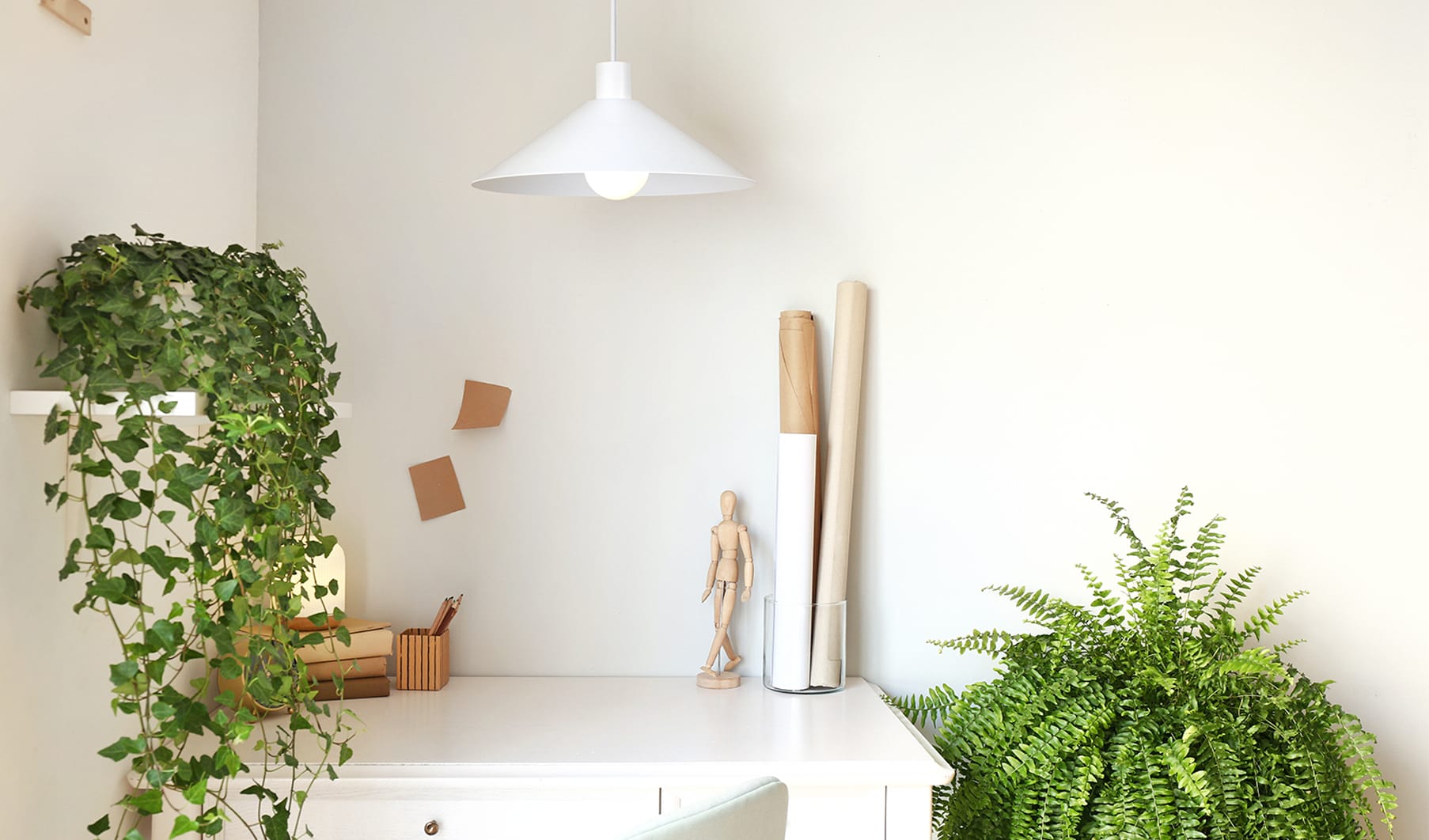
What is Layered Lighting Design?
Beau Wynja
According to lighting experts and interior designers, it’s almost impossible to illuminate any room properly using just one light fixture. While you certainly can get creative and challenge that assumption (and we’re all about that!), layering your lighting definitely maximizes the versatility and functionality of your light fixtures, all while breathing more life into a space. With multiple light sources, you’ll have the power to smoothly transition your lighting throughout the day and night – using the same space for entertainment, hosting, and relaxation with ease.
If you’re curious about layered lighting, Color Cord Company is here to help. Check out this overview of layered lighting design to develop a plan for every room in your building.
Types of Lighting
There are typically three types of lighting for your layered lighting design, including ambient, task, and accent. Get the layered lighting rundown below:
Ambient Lights
Your ambient lights are those that provide general illumination in your space. You can build your ambient lighting on natural sunlight, but you should still account for times when there is no sun to balance the rest of your light fixtures. Generally, you want about 5,000 lumens of light spread out throughout an area measuring around 250 sq. ft.
Because different light bulbs offer different lumen outputs, you can design your layered lighting based on the types of bulbs you plan to use. Here are a few of the most common tools you can use for ambient lighting:
- Daylight: Utilize daylight through windows, skylights, lighting tubes, and atriums for effective internal lighting during daytime hours.
- Flush Mounts: These lights hang flush to the ceiling and are great for illuminating low-ceiling spaces.
- Chandeliers: With a branched frame and multiple bulbs, chandeliers work as focal points and general lighting in larger spaces.
- Pendant Lights: A light with a single bulb, sometimes with a shade, pendant lights are suspended above a specific area, arranged as a series.
- Wall Sconces: This type of light fixture is placed against a wall and is generally upward facing to bounce off the ceiling for better ambient lighting.
Once you’ve established your ambient lighting, you can turn your attention to the remaining darkened areas in your space. Consider more localized lighting solutions to address illumination needs and create a layered lighting plan.
Task Lights

Task light fixtures are the way layered lighting design addresses specialized activities in your space. You want to be able to see what you’re doing with more focused, brighter illumination without straining your eyes. Here are some typical task lighting solutions:
- Pendant Lights: This hanging light comes in many styles and sizes. Smaller, downward-facing pendant lights are ideal for reading nooks and workspaces.
- Desk Lamps: Portable and small, a desk lamp is an excellent option for reading or writing at a table. Use them in bedrooms, offices, and living rooms.
When you combine just ambient and task lights, you’re already using layered lighting to better illuminate your space, as many of these fixtures may have overlapping light coverage. With both general and functional lighting elements in place, now you need to spice up your design with accent lighting for character and personality.
Accent Lights
Whether you want to highlight your wall decor, showcase architectural details, or draw attention to a particular fixture, accent lights are the way to do it. As a rule, we recommend your accent light bulbs be at least three times brighter than your ambient lighting to create an incredibly focused and obvious beam for maximum impact. Some of the most common accent lighting options include:
- Wall Sconces: Since they come in tons of shapes, sizes, and styles, wall sconces are great for focal points and aesthetic accents. They draw your eye to certain areas right away.
- Desk Lamps: Many people decorate their homes with accent pieces on coffee and side tables. Use desk lamps to bring attention to these artworks instead of those on the walls.
- Plug-In Picture Lights: This style of layered lighting is typically a plug-in wall sconce with a narrow fixture design that runs the length of a painting or photo.
Realistically, your accent and task fixtures can provide enough ambient light for your space, even though they have a narrow beam spread and intense brightness. However, we still recommend ambient layered lighting for additional flexibility.
Making Your Layered Lighting Work

So you know where to put your light fixtures to ensure a comprehensive layered lighting design, but your light bulbs and shade choices can easily trip you up. Consider our tips about light bulbs, shades, and lighting control to guarantee adequate illumination in your space.
Light Bulb Options
Lumens, temperature, and wattage will drastically affect the results of your layered lighting, as will CFL and fluorescent lighting configurations. Start your design off right with cool bulbs over 4000K or warm bulbs between 2700-3000k for cohesive color temperatures. You don’t want to mix and match temperatures, which can create a jarring effect.
Shades
Bulb shades come in many colors and materials, and they have a significant effect on light diffusion from your bulbs. While light colors generally offer brighter effects and darker shades subdue your bulbs, materials can create even more variation. Consider glass shades or woven shades for ambient lighting, as they provide the most lighting diffusion. Paper and fabric styles are best for task lighting because they give some light beam control without completely stifling it. Metal shades are the most controlling and offer better accent lighting, as no light spreads beyond the mouth of the fixture.
Light Controls
Adjustable lighting is a popular way to ensure even more control over the layered lighting in your space. You’ll want a central control device, as well as dimmers, to ensure you can achieve the right moods for whatever you’re doing in a particular room.
Ready to get started? Start illuminating your space with a little help from Color Cord Company today!
